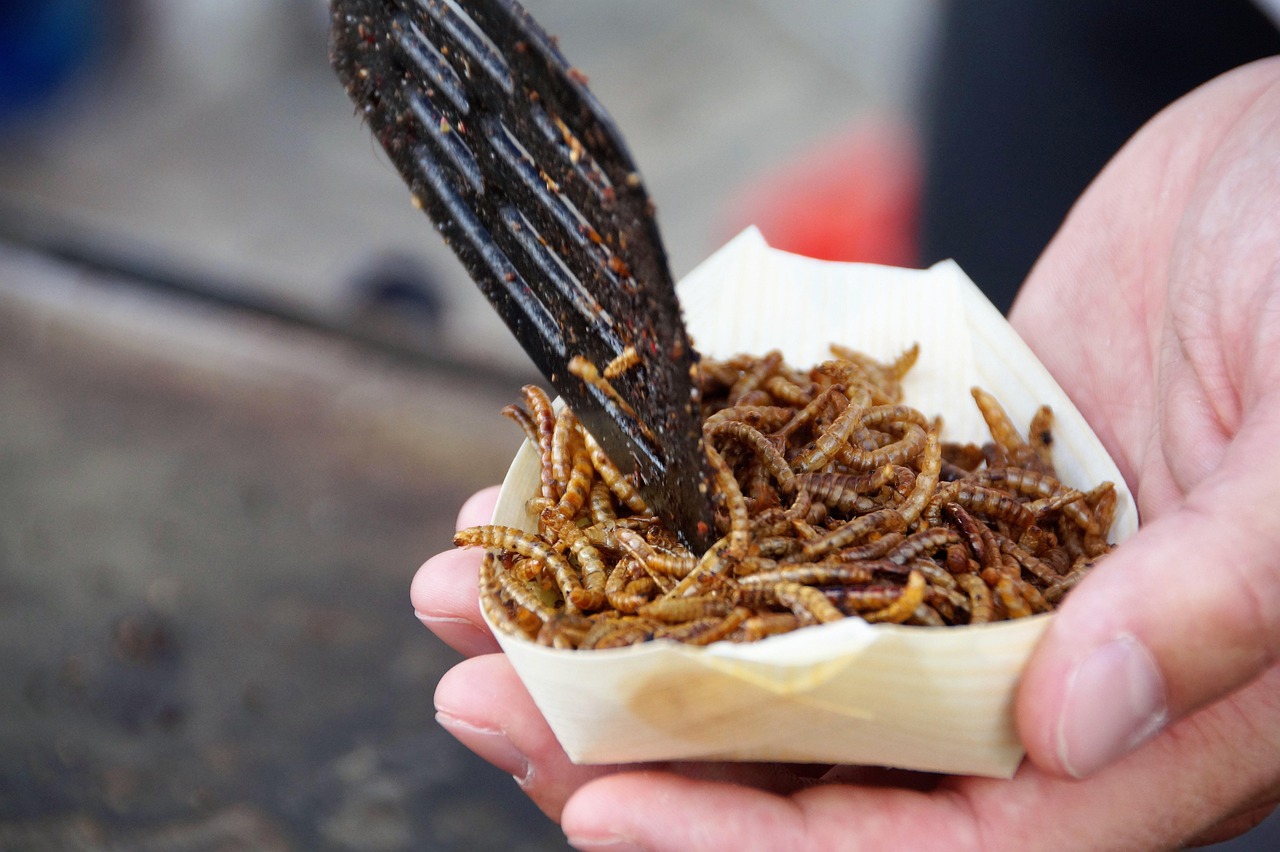The Impact of Childhood Food Experiences on Adult Preferences
When we reflect on our childhood, certain foods often come to mind as vivid memories that shaped our taste preferences. The aroma of freshly baked cookies lingering in the kitchen or the sizzle of bacon on a Sunday morning can transport us back to simpler times. These early experiences with food play a significant role in forming our palate and influencing the flavors we crave as adults.
Whether it’s the comforting embrace of a homemade stew or the excitement of a colorful birthday cake, our childhood food memories are deeply intertwined with feelings of warmth, joy, and nostalgia. The act of sharing meals with family and friends can create lasting impressions that shape our culinary preferences and instill a sense of connection to our past.
Early Exposure to Flavors
From the moment a child is born, they begin to explore the world around them, including the flavors of food. Babies are first introduced to flavors through breastmilk or formula, which can lay the foundation for their future taste preferences. As they grow older, children start to taste various pureed fruits and vegetables, expanding their palate with each new flavor.
Early exposure to a variety of flavors is crucial in shaping a child’s taste preferences. Research suggests that exposing children to a wide range of flavors early on can lead to a greater acceptance of different foods later in life. Parents play a significant role in this process by offering a diverse array of foods to their children and encouraging them to try new flavors without pressure or force.
Influences on Taste Preferences
Children’s taste preferences are shaped by a multitude of factors, with one significant influence being their early exposure to flavors. Research shows that introducing a variety of flavors and foods to children in their formative years can help broaden their palate and increase acceptance of diverse tastes. This exposure can occur both at home and in social settings, such as daycare or school, where children are exposed to a wider range of foods.
Family plays a crucial role in shaping taste preferences, as children often mimic the food choices and eating habits of their parents and siblings. Positive interactions with food, such as family meals and involving children in food preparation, can contribute to a more positive relationship with food and a willingness to try new flavors. Conversely, negative associations with certain foods or restrictive eating practices within the family can impact a child’s willingness to explore new tastes.





